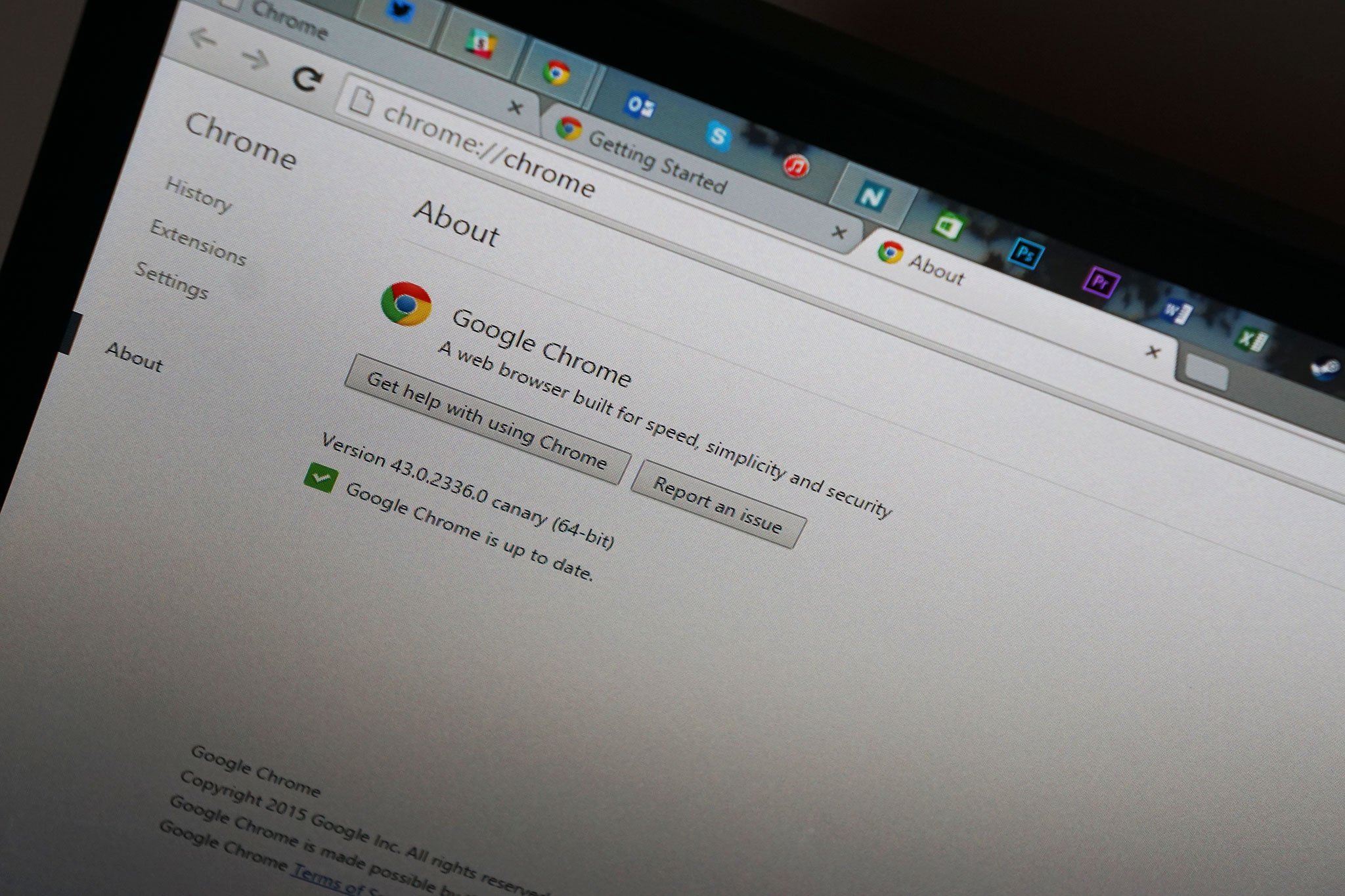Google wants to make privacy and security settings more prominent in Chrome

What you need to know
- Google is considering a minor redesign to the settings page for the Chrome browser.
- It will no longer hide privacy and security settings under the 'Advanced' pane and feature them more prominently among other settings.
- It's perhaps a result of the increasingly more important role privacy and security are playing in conversations surrounding tech.
A new flag in the Canary builds for Chrome is set to make privacy and security settings more easily accessible by users (via Techdows). Currently, these settings are hidden under the 'Advanced' section of the browser's settings page. Google is looking to move them out of there and to place them next to more 'basic' settings like the browser's theme and startup behaviour.
With the change, privacy and security settings will be found third from the top, following only the 'People' and 'Autofill' configuration pages. While privacy settings were previously considered an advanced feature by Google, once you did find them, all the relevant settings would be displayed on the card. However, with the new design, Google only shows what it considers the most three most important options — Clear browsing data, Site Settings, and Sync and Google Services — at first glance. You'll need to press the 'More' button to see an extended list of choices, which includes the following:
- Allow Chrome sign-in
- Send a "Do Not Track" request with your browsing traffic
- Preload pages for faster browsing and searching
- Allow sites to check if you have payment methods saved
- Manage certificates
- Manage security keys
Interestingly, the controversial automatic sign-in behaviour for Chrome that the company had to roll back after user backlash is still considered an 'advanced' setting by Google and hidden under this extended list of toggles.
To enable the redesign, you'll need to be on version 80.0.3967.0 or later of Chrome Canary. You'll then needs to go to chrome://flags via the address bar, and look for the "Privacy Settings Redesign" flag and turn it on. The change will likely be propagated to normal users with Chrome 80, but since it is an experimental feature, it is possible that Google may change its mind about releasing it to the general public before then.
Best ad blockers for Chrome in 2019
Be an expert in 5 minutes
Get the latest news from Android Central, your trusted companion in the world of Android

